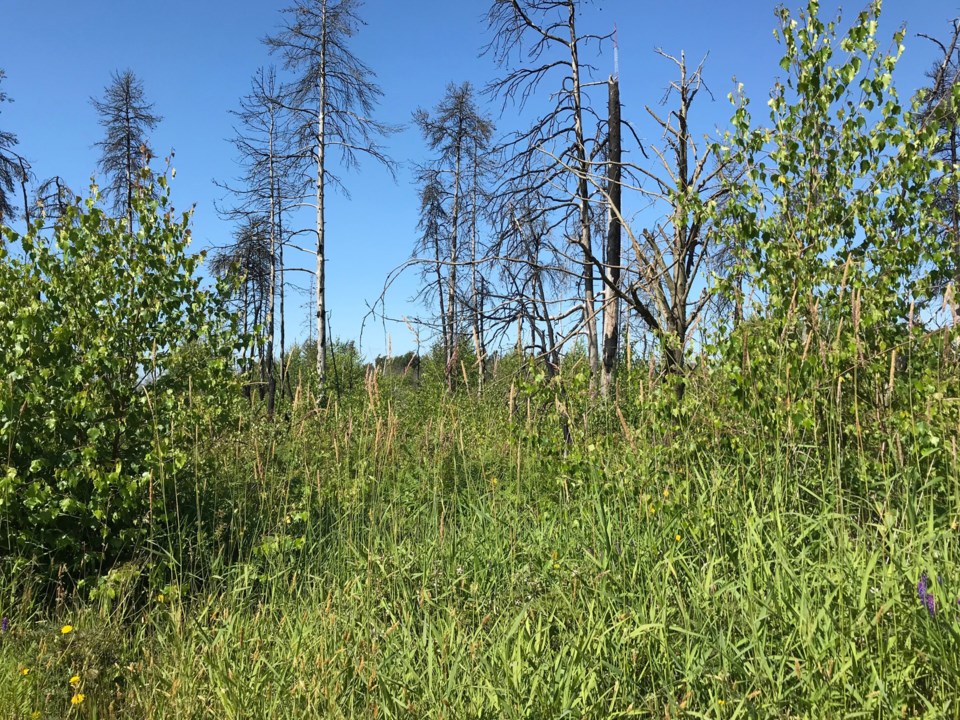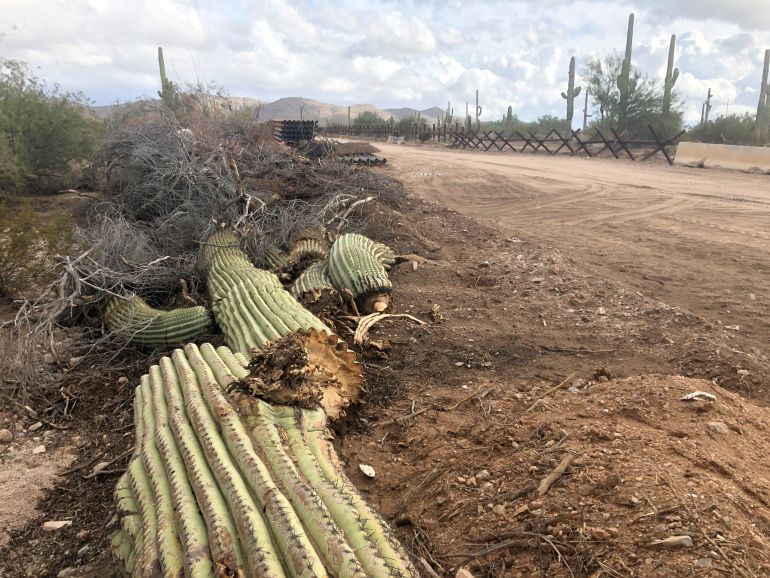Wrongful dismissal cases in Canada have just become more difficult to settle
Author of the article:Howard Levitt
Published Sep 08, 2023

There is a dirty little secret as to how employment law cases get settled. But it is coming to an end — this column will hasten its demise.
THIS IS A SLANDER AGAINST LABOUR UNIONS AND LABOUR LAWYERS
Employee lawyers constantly make vicious claims on behalf of their clients
It often boomerangs because the employer is so offended that they choose to defend the case at all costs rather than pay the employee anything. Or, as some put it to me, I would rather spend money on you than on this employee who has said all of these horrible untruths.
Not only do such allegations often make cases difficult to settle but they create financial and reputational risk for the employee. The employee will never receive a reference after that. And when I act for an employer that receives such allegations in a statement of claim, I pivot to transforming the case into one which focuses on the allegations and their palpable untruth. The employee’s credibility is shattered in all aspects of the case. I also ask for costs at the end, both because the employee will lose that (time-consuming) portion of the case and because, as I argue, the court should make an award which provides a disincentive to calumnious allegations that take up court time
So, with all these risks, why do lawyers do it?
They do it because such allegations attract punitive or other damages that are not taxable. And they are hoping to not have to actually prove any of this nonsense but to settle the case with an allocation to general (i.e. non-taxable) damages.
It is good for the employer too since it permits it to pay less in severance pay while providing the employee the same net return. For example, if someone is at the highest tax bracket, a payment of $50,000 in general damages is worth over $100,000 to them in severance pay so the employer saves monies in the settlement by providing some of the monies as general damages.
What employers invariably ask, in return for agreeing to pay these non-taxable amounts, is to be indemnified by the employee in the unlikely event that the Canada Revenue Agency actually audits and finds that this non-taxable payment was not bona fide and was really disguised severance rather than a payment for human rights abuses or toxic treatment.
In other words, if the CRA comes back at them for the tax they should have withheld, the indemnity requires the employee to reimburse them. Since more than 95 per cent of the time such a payment is not bona fide, the employer always insists on such an indemnity. But I have yet to hear of a case where this indemnity was ever called on, in the thousands of such cases in which I have been involved, because the CRA simply would not catch it through any normal audit procedure.
As of June 22, if such an indemnity is provided in return for a non-taxable payment as part of a severance agreement, the employer and employee must separately disclose, in a RC312, this settlement to the CRA within 90 days, along with a detailed description of the parties, the facts and the tax consequences. Failure to comply will result in substantial monetary fines as well as the likelihood of the tax benefit being disallowed. If not reported in a timely fashion, the CRA has the ability to reassess the taxpayer for a three or four-year period, depending on the type of taxpayer.
Needless to say, if most of these general damage transactions are reported so that the CRA scrutinizes them, they will be disallowed. As a result, few employers are going to participate in what has been pretty close to a tax fraud, albeit practiced with abandon in the employment bar.
$1.5M punitive damages award in disability case sets new record

Why workplace sexual assault remains a scourge
1) Either employers will only pay non-taxable damages as severance if they truly believe there is an overwhelming legal basis for it, something that would eliminate 95 per cent of such payments. In which case an indemnity was unnecessary anyway; or
2) Employers, to obtain the advantage of paying non-taxable general damages to make their severance settlements, will not ask for an indemnity agreement and take the chance that the CRA will not spot it, or, if it does, will assess it against the primary taxpayer, the employee, who they will hope has the resources to pay the extra money.
Wrongful dismissal cases in Canada have just become more difficult to settle.
Howard Levitt is senior partner of Levitt Sheikh, employment and labour lawyers with offices in Toronto and Hamilton. He practices employment law in eight provinces. He is the author of six books including the Law of Dismissal in Canada.











